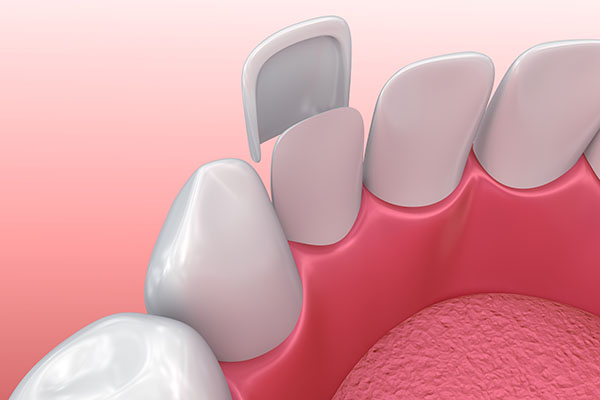What’s the Difference Between a Direct and an Indirect Dental Restoration?

Direct and indirect dental restorations are the two types of restorations available. When your teeth are broken, chipped, decayed or cracked, dental restoration procedures restore the teeth to their original state. The choice of the type of restoration depends on the nature and severity of the tooth problem.
Direct vs. indirect dental restorations
Read on to find out the main differences between direct and indirect dental restorations.
Direct dental restorations
Direct restorations are options that can be completed in a single procedure during a dental office visit. Tooth filling for cavities is the most common direct dental restoration procedure. The dentist will determine the right filling for the patient based on preferences and the position of the tooth within the mouth. Direct dental restorations are generally easy and straightforward, and they are used for correcting minor dental issues.
Indirect dental restorations
Indirect dental restorations entail multiple complex procedures to treat a dental problem. Therefore, these procedures usually require multiple appointments with a dentist. Common procedures in this category include crowns, veneers, bridges, dentures, implants, inlays and onlays. The patient may need to undergo x-ray scans and have their dental impression taken.
Indirect tooth restorations involve parts that are produced by a dental laboratory. The dental lab can be inside the dental office or offsite. It is the process of producing the required restoration that necessitates multiple trips to the dental office. As the patient waits for the completion of the dental restoration, the dentist will provide a temporary option to prevent further damage or dental problems.
When the patient's dental restoration is available, the dentist will affix it in place to complete the restoration procedure. With advancements in dental technology, including the use of CAD and CEREC machines and 3D imaging, some dental restorations can now be completed in a single visit.
Choosing the right option
Both dental restoration options ensure patients get the required solution to their dental issues. Direct restorations are generally used when the patient's teeth are intact and in good enough condition to remain. Direct restorations sometimes require that a part of the tooth be trimmed off to create space for the restoration.
Indirect dental procedures are generally important for patients who have suffered extensive tooth decay or damage that may cause lost teeth. In some cases, a patient may need both direct and indirect dental restoration.
Practicing good oral hygiene and visiting the dentist regularly for checkups and cleaning can significantly reduce a person's need for dental restorations. Those who have not visited their dentist in a long time need to book an appointment as soon as possible. If the dentist detects dental issues early enough, the patient may not need a dental restoration and may be able to avoid complications that may result in extensive dental procedures.
Final note
If you have dental issues and need to undergo a dental restoration procedure, ensure you book an appointment with a dentist. The dental professional will evaluate your condition and determine whether direct or indirect restoration would be the best way to restore your smile.
Request an appointment here: https://bcdentalneedham.com or call Brede Ciapciak Dental at (781) 443-8134 for an appointment in our Needham office.
Check out what others are saying about our dental services on Yelp: Dental Restorations in Needham, MA.
Recent Posts
A dental restoration is administered by dentists to help patients repair teeth that have become damaged from injuries or cavities. There are a lot of different dental restoration options, each benefiting patients in different ways. Knowing which procedure is best requires careful consideration and the assistance of a dentist. Ready to learn more?The following information…
A restorative dentist is typically a general dentist whom a patient sees when looking to improve oral health and function by repairing and replacing teeth. A cosmetic dentist, who may also be a general dentist, works to enhance the smile's appearance by improving the color, shape, and alignment of teeth. While both aim to create…
A restorative dentist can bring back your smile and dental function. You should consult this dentist first before your treatments begin. That way, you will know what the procedures will entail. Here are some of the things to expect during your consultation with your dentist.Some restorative dental treatments are invasive. This may cause anxiety in…
While it is possible to create a beautiful, uniform smile through a smile makeover, the treatment options and results vary according to each patient. Achieving an attractive result requires adhering to the treatment guidelines of the dentist as well as following aftercare recommendations. Not sticking to a dentist's rules and suggestions about a made-over smile…


